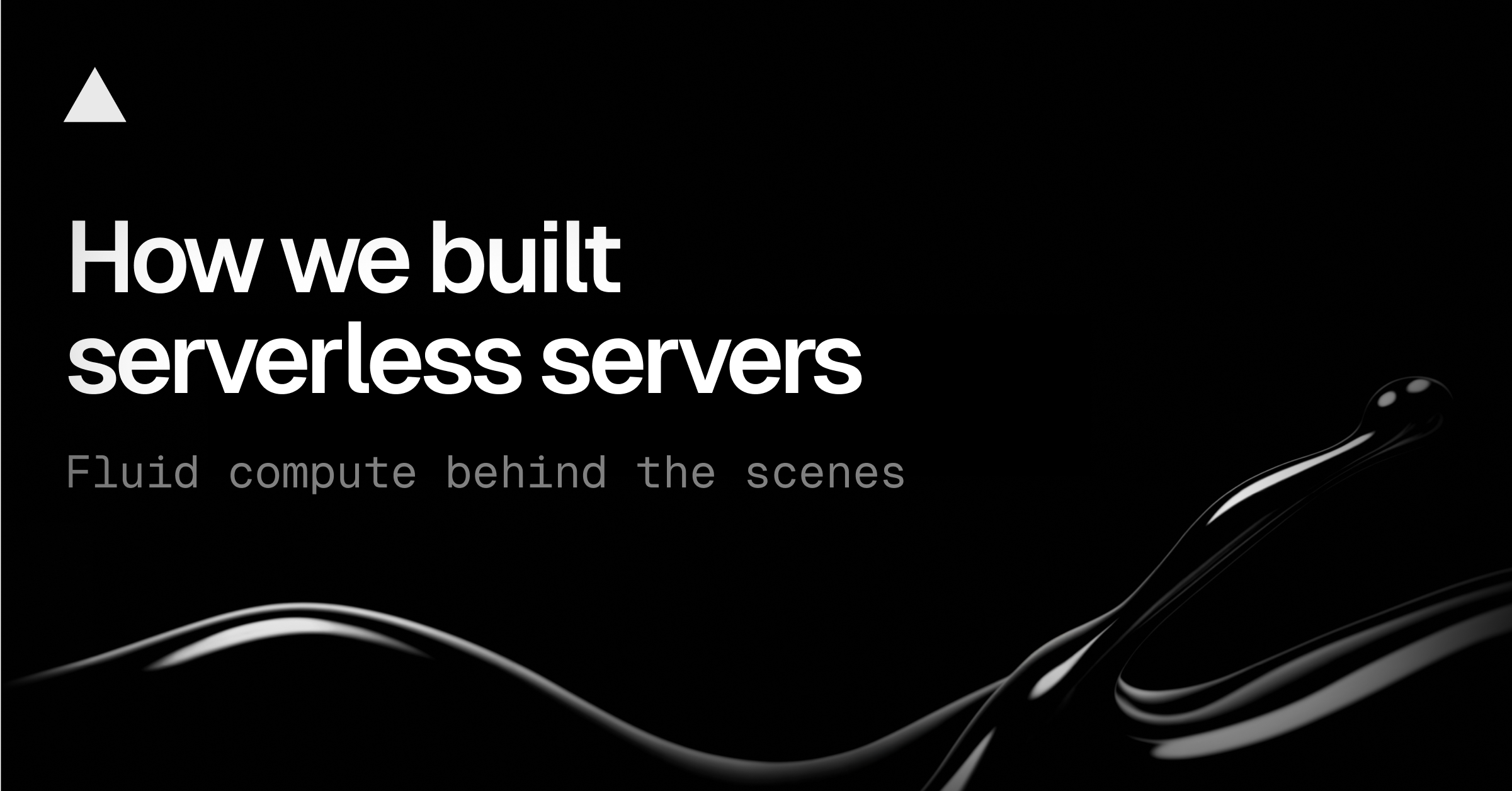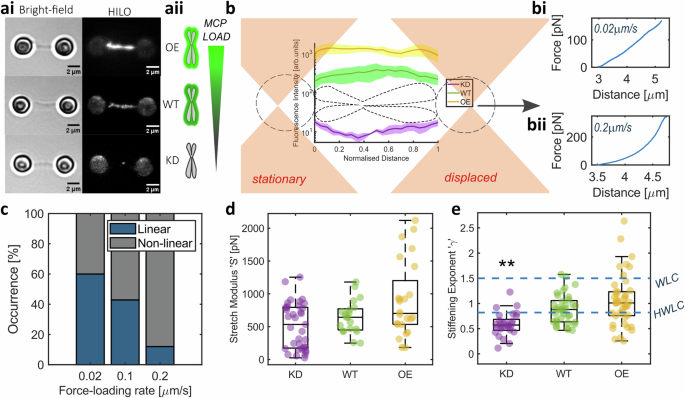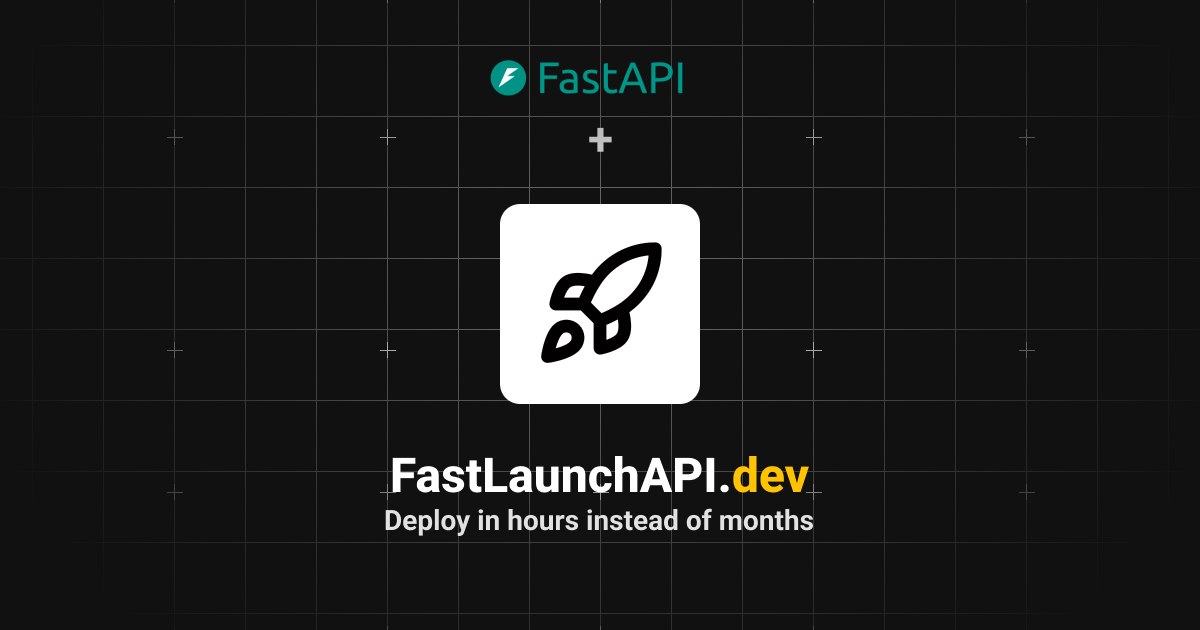The CBOR, dCBOR, and Gordian Envelope Book
In modern computing, data exchange is foundational to everything from web browsing to microservices and IoT devices. The ability for different systems to represent, share, and interpret structured information drives our digital world. Yet no single perfect format has emerged to meet all needs. Instead, we've seen an evolution of data interchange formats, each addressing the specific challenges and technical requirements of its time.
This narrative traces three pivotal data formats: Extensible Markup Language (XML), JavaScript Object Notation (JSON), and Concise Binary Object Representation (CBOR). We explore their origins and motivations, examine their core design principles and inherent trade-offs, and follow their adoption trajectories within the evolving digital landscape. The journey begins with XML's focus on robust document structure, shifts to JSON's web-centric simplicity and performance, and advances to CBOR's binary efficiency for constrained devices. Understanding this evolution reveals not just technical specifications, but the underlying pressures driving innovation in data interchange formats.
Modern data interchange formats trace back not to the web, but to challenges in electronic publishing decades earlier. SGML provided the complex foundation that XML would later refine and adapt for the internet age.











